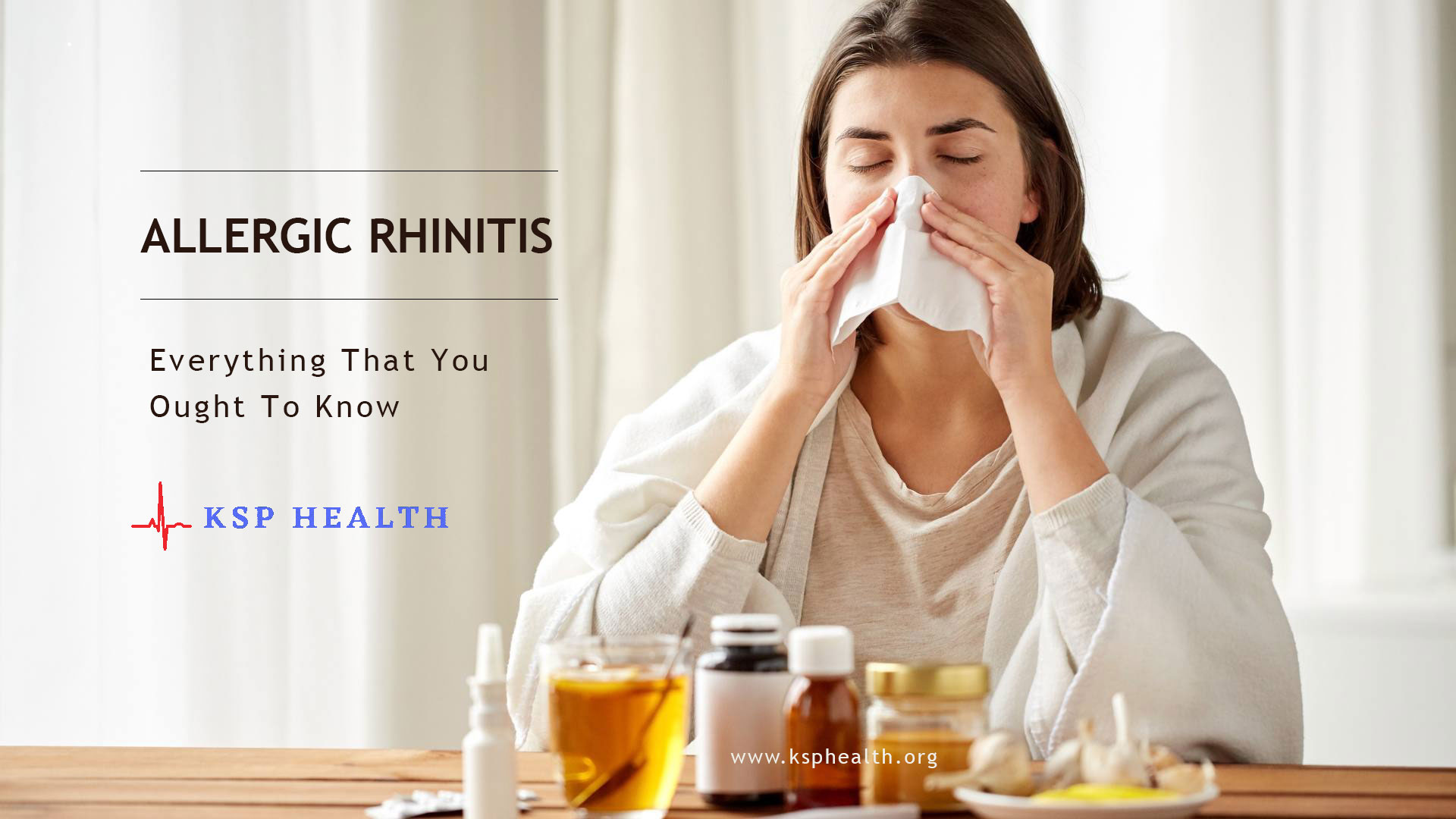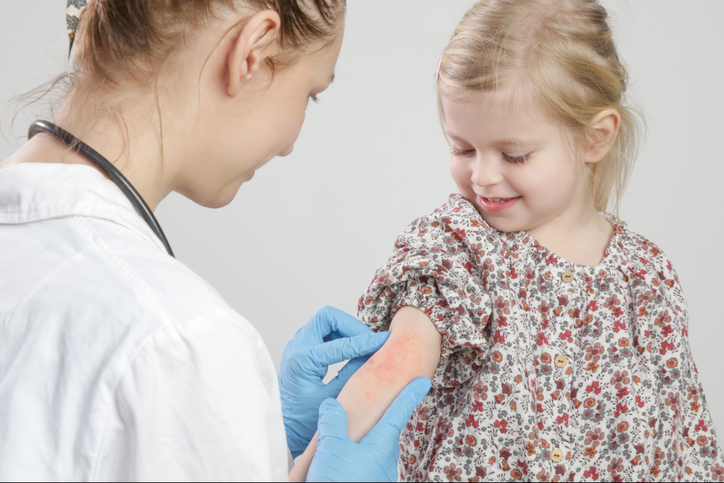
ALLERGIC RHINITIS
Allergic Rhinitis in Children and Adolescents
What is Allergic Rhinitis?
Allergic Rhinitis is often referred to as Hay fever. It can cause a runny nose, sneezing, itchiness of the nose, eyes and throat. It may present seasonally in some individuals, or cause symptoms year-round for others.
How common is Allergic Rhinitis?
It is seen between 10% and 30% of children and adults in the United States and other developed countries. Physician diagnosed allergic rhinitis is estimated to be approximately 13%.
How does Allergic Rhinitis present in Children and Adolescents?
Most of the patients present with sneezing, runny nose, nasal obstruction or congestion, and itching of the eyes, ears, nose or the throat. Some patients present with cough, postnasal drip or drainage down the back of the throat, irritability, and fatigue. Allergic rhinitis may present with itching, tearing and burning of the eyes. Patients may notice a full or popping sensation in the ears.
Children may have concurrent issues with inattention, impairment of school performance or behavior and hyperactivity or drowsiness.
What causes Allergic Rhinitis?
Seasonal triggers include various pollens and molds. Typical pollens involved are tree, grass and weed species. Year round allergies are typically caused by dust mites, pets or infestations.
How to treat Allergic Rhinitis?
Avoidance of known allergens
Medications
Immunotherapy
What happens if left untreated or under treated?
1.Nasal obstruction
2. Sleep difficulties
3. Poor performance in school or in the workplace
4. Sinus or ear infections
Allergic rhinitis can co-exist with other diseases such as asthma, eczema, hives and ADHD.




